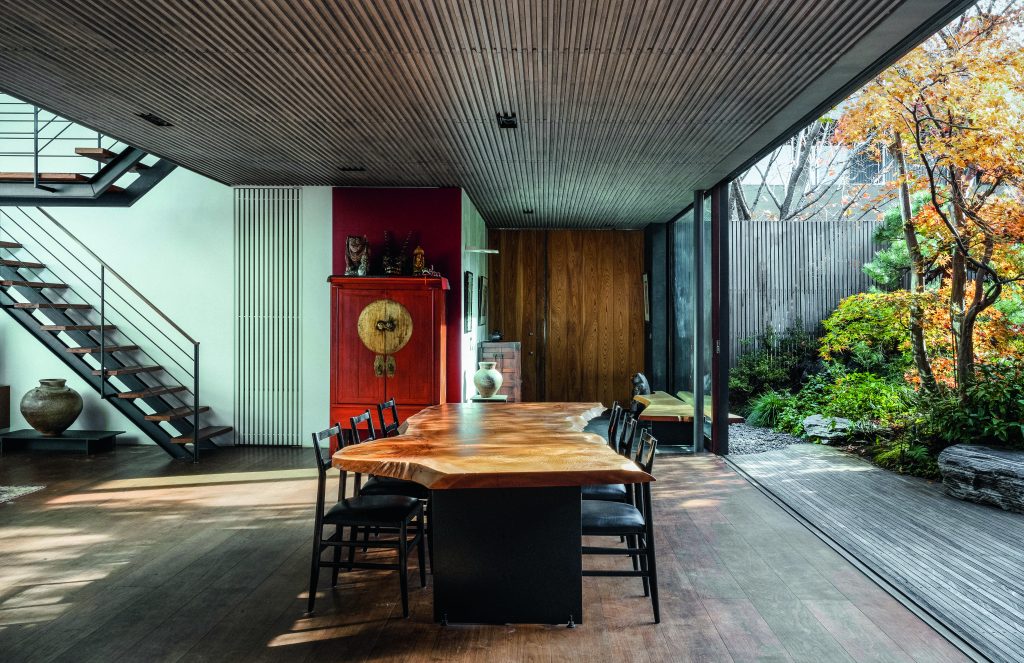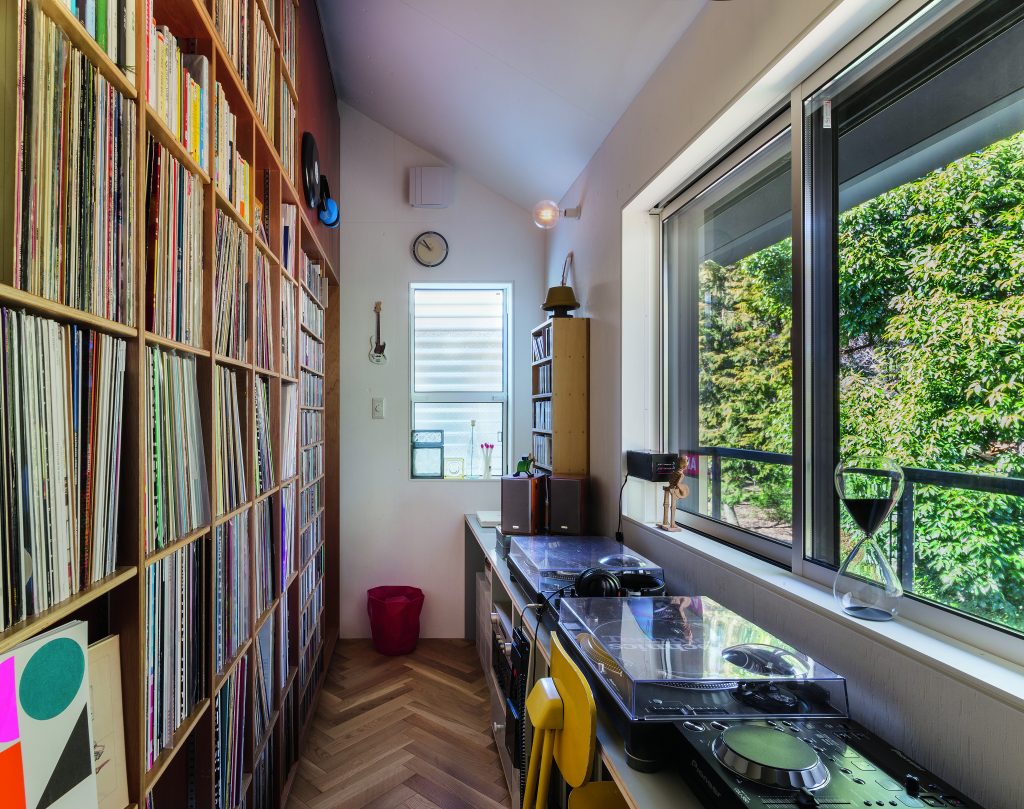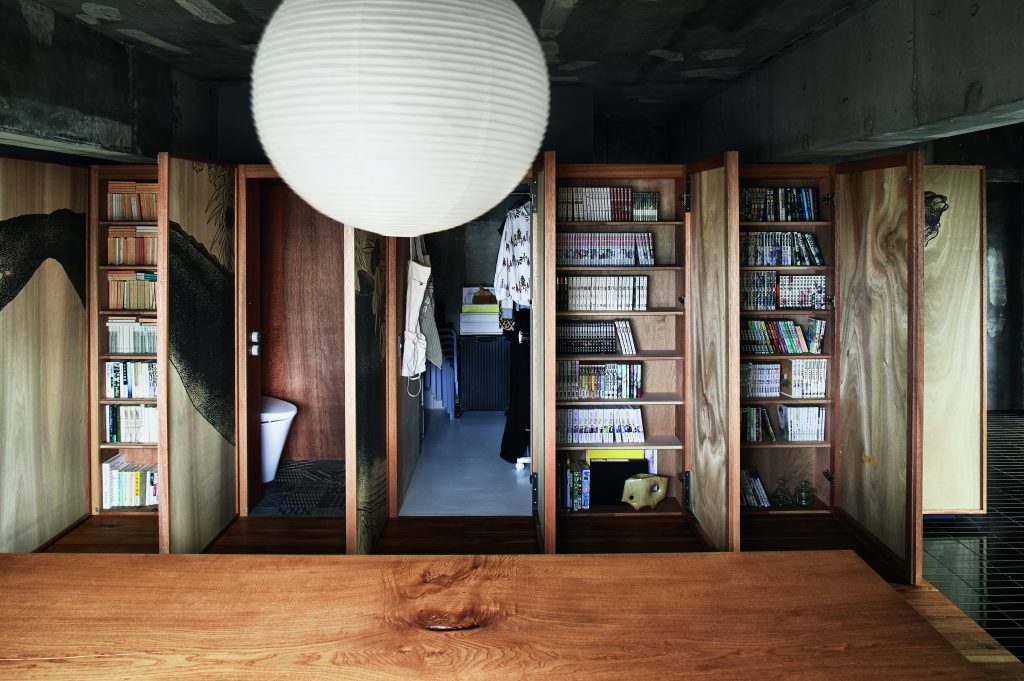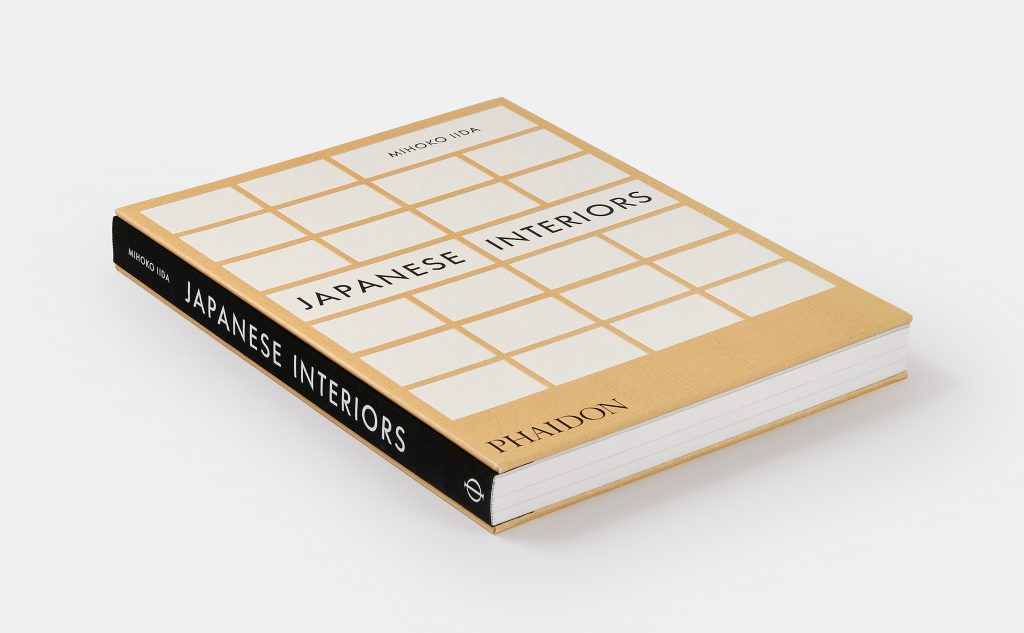Shiva Nataraja – The Hindu Lord of the Dance. Iconography and Symbolism
Nataraja, the manifestation of the Hindu god Shiva as the Lord of the Dance, holds a profound significance in Hindu mythology and symbolism. Depicted...
Maya M. Tola 3 June 2024
In an essay included in his book Design as Art, published in 1966, artist and designer Bruno Munari lauded the simplicity, luminosity, and versatility of traditional Japanese architecture, marveling at its functionality and choice of materials. Reflecting on this sentiment, Mihoko Iida, in her book Japanese Interiors, delves into the modern craftsmanship and artistic sensibilities shaping residential interior spaces across Japan, ranging from vibrant urban apartments to serene mountain retreats. Japanese Interiors serves as a testament to the diverse philosophies and timeless aesthetic principles underpinning Japanese interior design, showcasing its continual evolution while maintaining its inherent charm.
Whether you’re interested in Japanese culture and lifestyle or simply looking for some interior design inspirations, in Japanese Interiors published by Phaidon, Mihoko Iida provides an insider’s look into modern private houses from all over Japan, correcting misconceptions about Japanese design and its assumed minimalism and neutrality. Featuring 28 exemplary houses or apartments designed by some of the country’s top architects, Iida examines how Japanese design is aspirational, functional, and far from sparse.
Interior design in Japan is not understood the same way it is in the West—Japanese interior design does not revolve around the colors of the walls nor the choice of décor and furnishings. Rather, it is driven by the exterior: the sunlight, the greenery, the mountains, or the coastline. The natural elements are engrained in people’s minds when they think of the interior. Therefore the relationship between indoor and outdoor spaces is extremely important, which comes as no surprise in a country with weather prone to seasonal typhoons and land vulnerable to earthquakes and volcanic eruptions. Home, according to the Japanese way of living, should be a place of safety and comfort before it is a place of beauty.

Keiji Ashizawa Design, House S and Garden House, 2011 and 2019, Tokyo, Japan. Photo © (pages 98-99). Courtesy of the publisher.
Furthermore, contrary to Western ideas about the space as an extension of an individual, in Japanese interiors, there is a value in communal functionality. It is common to think about the group before thinking about the individual when considering the space. This impacted the expectations of a Japanese interior.

Takashi and Mana Kobayashi, ima Design Office, Inokashira House, 2016, Tokyo, Japan. Photo © Jimmy Cohrssen (page 165). Courtesy of the publisher.
Plain concrete walls by architects such as Tadao Ando have become synonymous with the so-called Japanese style, but that isn’t necessarily true. In response to the prevalence of minimalism as a dominating force within Japanese homes in the global eye, Iida reveals the truth about Japanese interiors and the problems emerging from the extremities of consumerism in modern Japanese society and the minimalistic approach to life and possessions rooted in Zen Buddhism. Contemporary Japanese reality is conceived on both the abundance derived from popular culture and the historical tradition of the “The less you have, the less you have to worry about” (according to Buddha). The minimalist homes inspired by shrines coexist in Japan with extremely small, cluttered condos inhabited by Tokyoites.

Kaori Kikushima and Kazuki Nagasawa, knof, Fusuma-e (knof Home and Office), Tokyo, Japan, 2017. Courtesy knof/Photo © Haruki Kodama (page 157). Courtesy of the publisher.
The cover of the book referencing Japanese paper screen is a cherry on top of this book: as always, Phaidon delivers an extremely aesthetically pleasing tome that goes well with their other titles on Japanese design. Each entry from Japanese Interiors is illustrated by gorgeous, full-spread photos of the estates bringing attention to both the architecture and little design details.
What might seem like a survey of Japanese modern housing is actually an intricate exploration of the space being used and utilized in a way that brings harmony to both the residents and the environment around them. It will certainly make you look at the space we call home differently. Maybe it will make you appreciate little things (such as warm sunlight or gentle breeze) within it more.
Get your copy of Japanese Interiors on the publisher’s website.

Book cover, Japanese Interiors by Mihoko Iida, with contributions by Danielle Demetriou. Phaidon, 2022. Courtesy of the publisher.
DailyArt Magazine needs your support. Every contribution, however big or small, is very valuable for our future. Thanks to it, we will be able to sustain and grow the Magazine. Thank you for your help!